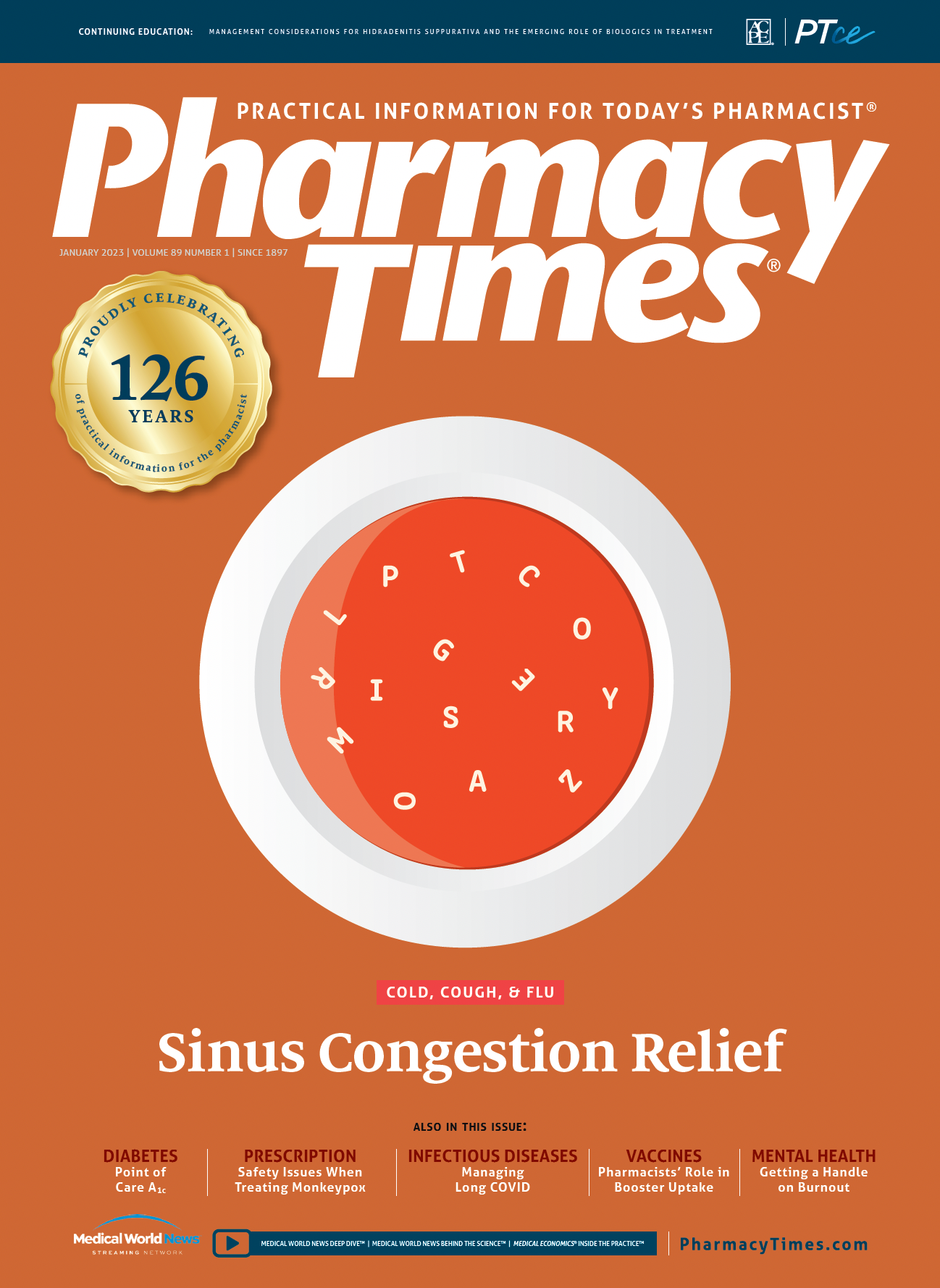Publication
Article
Pharmacy Times
Pharmacies Gear Up for DSCSA Interoperability Go-Live Deadline
Author(s):
November 27, 2023, marks date set by statute for full implementation of Drug Supply Chain Security Act.
Pharmacies are getting ready for full implementation of the Drug Supply Chain Security Act (DSCSA), which was passed in 2013 to further secure the drug supply chain.
November 27, 2023, marks the 10-year deadline set by statute. The DSCSA has required numerous implementation deadlines from the FDA along the way leading up to this final deadline. The DSCSA is intended to create a tighter, closed prescription drug distribution system to curb harmful drugs from entering the supply chain, detect harmful drugs if they do enter the supply chain, and enable rapid response when such drugs are found.1
What makes this final milestone epic is that it finally requires the entirety of the drug supply chain to be interoperable using secure electronic systems. Notably, a major requirement that is included in the DSCSA calls for product tracing at the package level.
Pharmacists, or “dispensers” under the DSCSA, must know their responsibilities under the law to protect patients from receiving harmful drug products. The DSCSA includes requirements that pharmacies must follow to protect patients from receiving harmful drugs, such as counterfeit or other illegitimate drugs.
When transacting business with respect to drugs, pharmacies should ensure they are only working with authorized trading partners. Typically, these would be drug wholesalers that are authorized and licensed to distribute drugs in a particular state. Additionally, a pharmacy should be able to receive, store, and provide prescription drug product tracing infor-mation. In other words, if a pharmacy is selling a prescription drug to a trading partner, it must be able to generate and provide all product tracing documentation. However, it does not need to provide such information to a patient when dispensing a prescription drug or if a prescription drug is being sold to a pharmacy for a specific patient need.1
Pharmacies should only accept prescription drugs that are accompanied by transaction history, information, and statement. If a trading partner is unable to provide this information, the pharmacy should work in tandem to obtain these required documents. The pharmacy should also be prepared to store the product tracing documents for 6 years, either via paper or electronically. Pharmacies must also have proper policies in place, along with procedures to investigate and manage illegitimate and suspicious drugs.1
Pharmacies should determine whether trading partners, such as manufacturers, repackagers, wholesale distributors, third-party logistics providers, and pharmacies, are licensed or registered. This can be done by checking the registration of manufacturers and repackagers, checking the licensing of wholesale distributors and third-party logistics providers, and checking the licensing of pharmacies through their respective state authorities, such as boards of pharmacy.
An important aspect of the DSCSA to note is that it requires drugs to be traced as they move through the supply chain. Pharmacies must have a process to inves tigate and manage suspect and illegitimate prescription drugs, which includes those that are counterfeit, diverted, intentionally adulterated, stolen, or unfit for distribution. In such cases, a pharmacy quarantines and investigates suspicious prescription drugs to conclusively determine whether they are legitimate. If they are not legitimate, the pharmacy must work with the manufacturer to determine the cause and take specified steps to make sure that patients do not receive such illegitimate drugs. In addition to working with manufacturers, pharmacies must notify the FDA as well as the trading partners from whom the drug was pur-chased and to whom it was sold.1
In preparation for the November 27, 2023, interoperability deadline, pharmacies should have a working understanding of the DSCSA requirements and implement the required polices, practices, and procedures.
In short, pharmacies should be ready to receive and/or exchange transaction information, including with specific product identifiers for each package and electronic transaction statements. Pharmacies should also be prepared to operate processes and systems at the package level for verification in cases when an investigation must be undertaken because of a suspicious product. Pharmacies should also be prepared to produce serialized transaction information should a federal or state regulator or a trading partner request information during an investigation.
Although it may seem as if there is plenty of time, the clock is ticking, and pharmacies should begin to undertake compliance efforts as soon as possible to meet the requirements of the DSCSA that have been in the making for the past decade.
Reference
Pharmacists: utilize DSCSA requirements to protect your patients. FDA. Updated January 19, 2022. Accessed December 1, 2022. https://www.fda.gov/drugs/drug-supply-chain-security-act-dscsa/pharmacists-utilize-dsc-sa-requirements-protect-your-patients
About the Author
Ned Milenkovich, PharmD, JD, is chair of the health care practice at Much Shelist PC in Chicago, Illinois.

Newsletter
Stay informed on drug updates, treatment guidelines, and pharmacy practice trends—subscribe to Pharmacy Times for weekly clinical insights.





